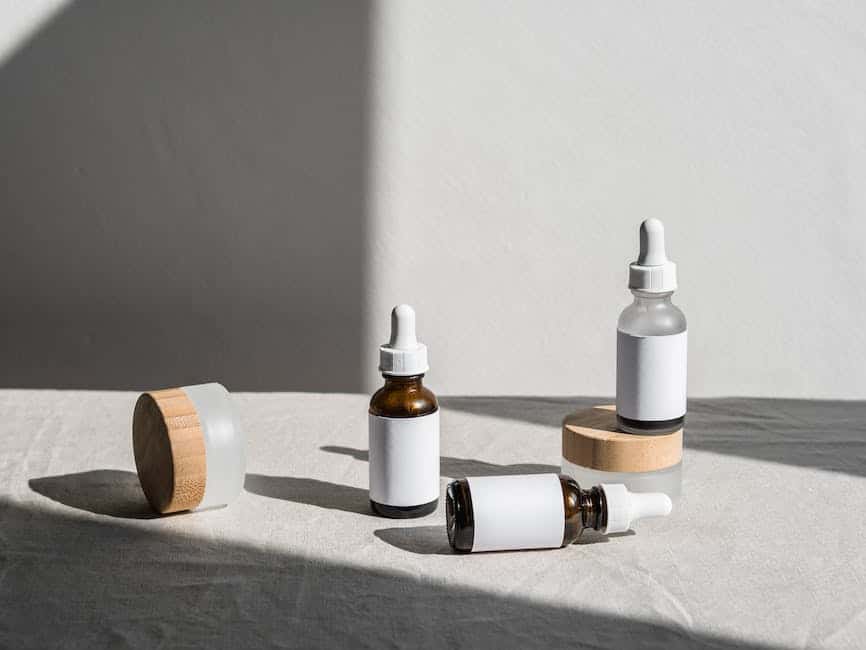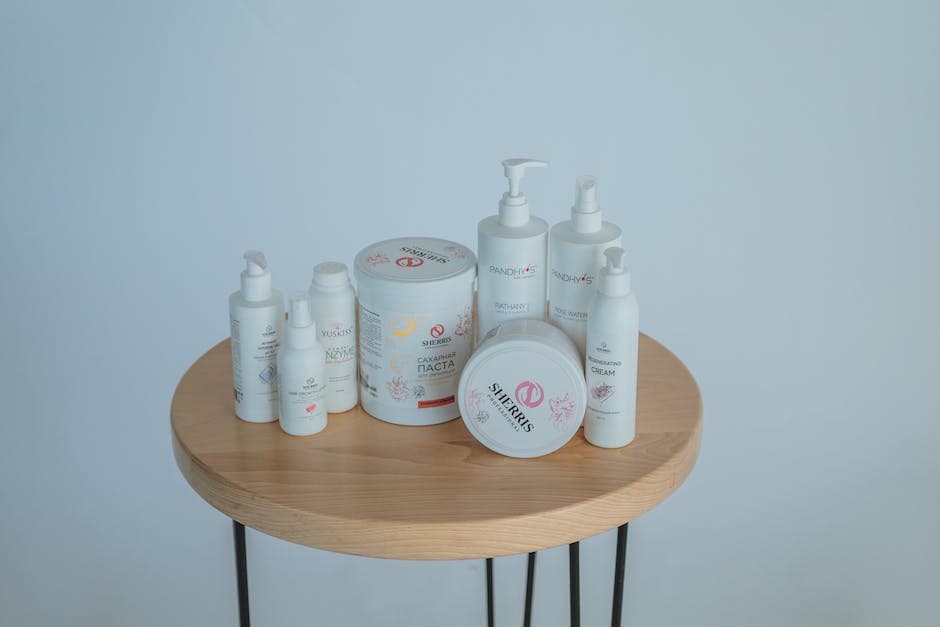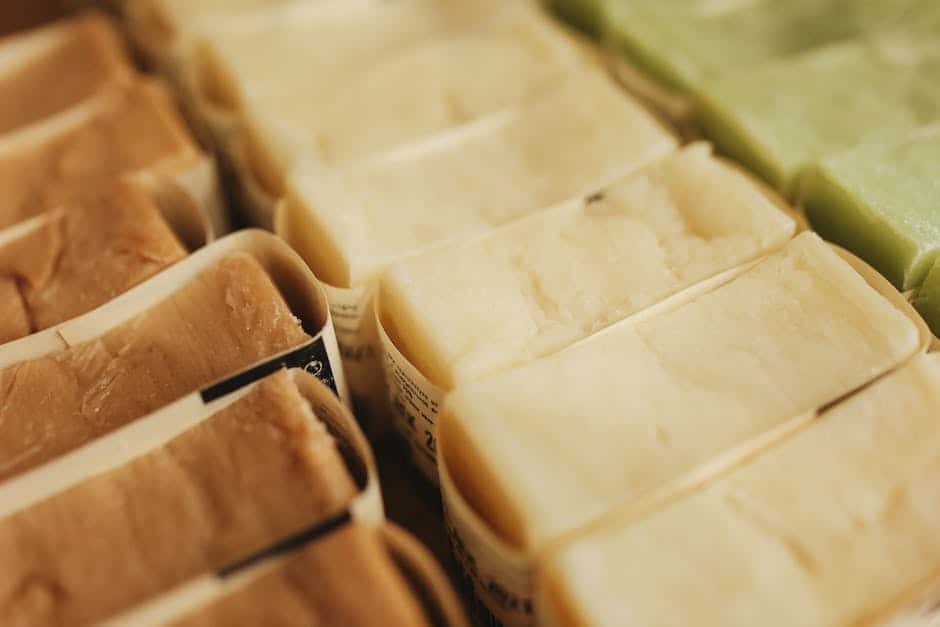In the dynamic world of the beauty industry, new brands arise daily astute on capturing market shares yet few manage to navigate successfully the multifaceted aspects of establishing a firm footing. This is largely due to lack of understanding of the vital stages involved in shaping a renowned beauty brand. From identifying a market gap, formulating a unique brand identity, aligning products with consumer expectations, to implementing efficient distribution and marketing strategies, and continually innovating and enhancing products, the journey is intricate. This essay purposefully illuminates each step, laying a solid foundation for those fervent about venturing into this vibrant industry.
Identifying Market Gap in the Beauty Brand
Filling the Gap in the Beauty Market: Finding the Missing Element for Your Brand
In the ever-evolving world of beauty industry, staying ahead of the curve requires more than just creativity; it necessitates a finger on the pulse of market demand, an understanding of consumer psychology, and a knack for savvy entrepreneurship. This isn’t just about sprucing up labels, it’s about seizing opportunities where others only see saturated markets.
One may therefore enquire, what is the missing element in the current beauty market that your brand can capture? The answer: Customization.
The rise to stardom of personalisation in the beauty sector can be attributed to a consumer-centric culture that has pervaded markets across numerous industries. In this golden era of innovation and disruption, static offerings no longer suffice. The modern consumer craves products that are tailored to their unique needs, preferences, and identities.
To illustrate the power of customization, consider the thriving market of foundation shades. Not so long ago, limited ranges were the norm, leaving a significant portion of complexion hues underrepresented. Pioneers in the beauty industry identified this as an opportunity, leading to an upsurge in shade inclusivity and ultimately increasing market share in a saturated sector.
But the magic doesn’t stop at the tangible product. Brands daring to dip their toes into “beauty-tech” are reaping the benefits too. From AI-powered diagnostic tools to AR-driven virtual try-ons, combining technology with beauty products and services has created a new ecosystem where possibilities are seemingly endless.
As a wedge into this innovative future, consider the customer journey mapped by intellect and emotion. For instance, brands that utilise user data to provide product recommendations are likely to foster a loyal customer base, thereby not only meeting a need but creating an emotional bond borne out of personal relevance. The brands getting it right are those that have recognised the beauty industry doesn’t sell products, it sells experiences, it sells identity.
Hence, success in the beauty market is intrinsically linked to perception. Consumers aren’t just shopping for products – they’re collaborating on them. They’re partners in the process, a trend that gives a brand an exciting edge and meaningful authenticity in the market.
With that said, the beauty industry has yet to fully capture the potential of customisation, granting a valuable opportunity to brands willing to explore this concept further. By listening to, understanding and acting upon customer feedback, brands can shape bespoke offerings that not only bridge the gap in the market, but also create an atmosphere of inclusion and representation.
Lastly, venturing into the realm of customization shouldn’t be seen as a risk, but rather an investment. An investment in a brand’s relationship with its customers, in its reputation in the market, and ultimately, in its long-term growth and success. After all, in the increasingly competitive beauty landscape, standing out isn’t a choice, it’s a necessity.

Crafting a Unique Brand Identity
”
On Stepping Outside the Box Within the Beauty Sphere
In the dynamic world of the beauty industry, a novel approach is indispensable for a brand to gain unprecedented recognition. While significant strides have been made to personalise customer retail journeys, surprising yet promising gaps are yet to be filled. A conventional analysis of emerging trends is necessary, but paving the way for innovative beauty-tech solutions or unearthing the widespread potential of customization holds the key to standing out amidst the crowd.
A notable example that resonates with brands keeping abreast of customer-centric initiatives is the introduction of augmented reality (AR) in the beauty domain. AR technology, known for transforming how consumers engage with beauty products, has represented an influential role in redefining the retail landscape, thereby making in-store shopping experiences more immersive. Hence, focusing much of the next wave of innovation on harnessing AR’s potential remains a crucial strategy for brands to promote product discovery and boost overall sales.
Vegan and cruelty-free compositions have been at the helm of discussions for some time now, making it crucial for beauty brands to redirect their consciousness towards environmentally sound ingredients. A renewed focus on ‘clean’ beauty, formulated using sustainably sourced ingredients often reaps significant dividends regarding brand loyalty and consumer trust.
Featuring inclusivity has become a non-negotiable stance in today’s world, posing a considerable opportunity for beauty brands to stand out. By ensuring that products cater to a wider demographic in terms of age, gender, skin type, and tone, brands can realize extensive market penetration potential, corresponding directly to enhanced profitability.
The industry’s emerging trends underscore the pivotal role of effective brand storytelling. Ensuring that brand narratives resonate with consumers constantly while instilling a sense of unique and relatable experience considerably enriches customer loyalty. It is all about defining the brand’s ethos and showcasing what it stands for, making it a reliable choice for consumers amidst a market full of similar offerings.
Lastly, businesses should amplify their digital strategy. In an era where digital evolution is the cornerstone of success, brands need to optimise their e-commerce platforms, focusing heavily on mobile commerce. Utilising analytical tools to get market insights and data-driven assessments can help brands define their niche, ensuring success within the crowded online sphere.
In conclusion, innovation, individual customer focus, robust digital strategies, and a stronger brand proposition remain instrumental to create a distinguished perception in the consumer’s mind. The future of the beauty industry rests on differentiation, and it is only through a comprehensive approach that beauty brands can stand unique in an intensely competitive market.”

Aligning Beauty Products with Consumer Expectations
Picking up from the groundwork laid on personalisation and customisation, the beauty industry now faces an exciting horizon, where innovation is the currency of survival and success. An often-neglected sphere of this innovation is augmented reality (AR) – an area that intertwines the virtual world with reality for an enhanced user experience.
AR is not just a gadget of the 21st century; it’s an immersive revolution. It offers consumers the opportunity to virtually ‘try on’ products before purchasing – reducing the friction between curiosity and consumption. A foundation too dark? Lipstick too bold? With AR, these mistakes are mitigated, leading to confident consumers and higher satisfaction levels. Savvy beauty brands would understand that it’s not just about an efficient sales funnel, it’s about a technology-mediated journey that creates convenience for the potential consumer.
In a world that’s increasingly conscious of environmental conservation, another spectrum the beauty industry mustn’t overlook is the wave of eco-friendly and ethically sourced ingredients. Future-forward brands aligning with this wave have the opportunity to distinguish themselves in the market. After all, beauty isn’t just skin-deep; it’s also about feeling good about one’s choices.
Inclusivity, a term that is gaining importance in every industry, finds a particular resonance in the beauty sector. Brands that cater to a diverse range of skin tones, personal styles and preferences are seen as progressive and appealing. By valuing all audiences, beauty brands sow seeds of loyalty and garner advocates, doing wonders for a brand’s credibility and long-term success.
Brand storytelling, then, blends all these elements into a compelling narrative that resonates with consumers. The beauty industry is an avenue for self-expression – brands that narrate this story effectively can engage a wider audience. A strong brand story fosters connections, and above all, it fosters trust.
Finally, in a world that is becoming increasingly digital, the importance of a strong online strategy cannot be stressed enough. Beauty brands need to make a robust digital footprint, replete with responsive design, intuitive interfaces, and a shoppable social media presence. Here lies the opportunity to interact with consumers, gather invaluable data, and implement the necessary modifications.
In conclusion, the beauty industry is transforming, propelled by innovation and inclusivity. A beauty brand’s journey to consistently exceed its target audience’s expectations lies in leveraging AR technology, prioritising eco-friendly ingredients, embodying inclusivity in product ranges, mastering the art of brand storytelling, and implementing a potent digital strategy. A blend of these approaches creates a brand capable of not merely surviving, but flourishing in the dynamic beauty landscape.

Implementing Competent Distribution and Marketing Strategies
After delving into the areas of customization and personalization as the new standards in the beauty industry and acknowledging the significant role of technology, it’s clear that forward-thinking strategies are the key to success. However, having established this, the next crucial step for beauty brands would encompass effective distribution and marketing strategies. In the beauty landscape marked by fierce competition, rapid innovation and diverse customers, successful information dissemination and market penetration are essential.
In order to encapsulate a wider consumer base, beauty brands must create strategic distribution channels. A diverse approach is vital, including brick-and-mortar stores, online platforms, beauty salons and spas, and utilising subscription-based services. True success comes not only from divergent channels, but also from honing each to provide the optimal shopping experience.
Undoubtedly, online marketplaces, coupled with strong eCommerce strategies, have brought unprecedented ease and convenience to consumers. An optimised website complete with user-friendly navigation, comprehensive product information, secure payments, efficient customer support, and a seamless checkout process all play a role in facilitating conversions and customer loyalty. Meanwhile, physical retail is far from outdated, providing tactile experiences and instant gratification. The key lies in the subtle art of blending digital and physical retail channels to deliver an omnichannel experience that modern consumers appreciate.
Furthermore, collaboration with key influencers in the beauty industry can prove phenomenally beneficial. Partnering with influencers not only amplifies brand visibility but also encourages trust among potential consumers. Effective influencer marketing involves identifying influencers who align authentically with your brand’s values and ethos, and whose followers are your potential customers.
Consider also expanding your product range on global platforms to tap into international markets. Globalisation and digitalisation have broken down geographical barriers, giving birth to a breed of beauty enthusiasts with diversified tastes and a global outlook. Offering international shipping, localising content, and understanding cultural nuances in the beauty preferences of different countries can open the door to exciting international opportunities.
Harness the power of social media. Social media platforms are not just about pushing out promotional material; they are instrumental in building and fostering relationships with consumers. Prioritise engagement, reply to comments and messages, host live sessions, Q&As, and create user-generated content opportunities.
Finally, remember the importance of continuous brand evolution. As the beauty sector is always evolving, you should be too. Constantly reassess your brand’s purpose, goals, values, and perceptions to foster enduring relevance in this vibrant, ever-changing market.
In this dynamic panorama of the beauty industry, filled with boundless opportunities, effective distribution and marketing strategies can bridge the gap between brands and their customer’s hearts. There’s no single formula that works for all; it’s about understanding your brand, your customers, and creatively aligning your distribution and marketing strategies with the changing times.

Striving for Continuous Product Innovation and Improvement
Understanding the crucial role distribution and marketing strategies play in the beauty industry is paramount. Beauty brands must be forward-thinking, utilizing suitable distribution channels that meet the demands of their consumers.
Brick-and-mortar stores, e-commerce platforms, beauty salons, and spas, even subscription-based services should all feature as part of a brand’s distribution landscape.
When it comes to the digital realm, the impact of online marketplaces and e-commerce strategies cannot be understated. They provide significant convenience, allowing a brand to hold the consumer’s hand along their purchasing journey. This continuous engagement is instrumental in facilitating conversions and fostering brand loyalty that extends beyond a single transaction.
As businesses navigate a world where retail landscapes constantly evolve, the push towards an omnichannel experience is more pertinent than ever. Beauty brands must master the art of blending their digital and physical retail channels to create a seamless connection with their consumers. Such a strategy offers consumers the convenience and immediacy that so many now desire.
Amplifying the brand’s visibility becomes exponentially more effective when brands collaborate with key influencers within the beauty industry. These influencers bring with them a valuable trust currency that brands can tap into. By leveraging the influencers’ already established rapport with consumers, brands can strengthen their perceived credibility and trustworthiness.
In the context of a globalised world, beauty brands should not restrain their product range to domestic markets alone. Expanding the product range on global platforms will help tap into international markets. The key lies in understanding the different beauty trends and preferences across various global regions and tailoring the product offerings to meet these needs.
Beyond traditional marketing, social media has paved the way for more intimate and interactive relationships between beauty brands and consumers. Engagement via social media channels should no longer be viewed as an option, but rather a necessity. Brands must harness these platforms to effectively interact with consumers, fostering a community that thrives on loyalty to the brand.
To stay relevant in the ever-changing beauty market, brands must understand the necessity of continuous evolution. Repetition and stagnancy have no place in an industry as dynamic and fast-paced as beauty. Brands must continually reassess, reinvent and reiterate their brand strategy, all while keeping a finger firmly on the pulse of the changes and trends sweeping across the industry landscape.
In conclusion, for a beauty brand to significantly stand out and stay relevant, they must leverage effective distribution and marketing strategies, prioritize consumer convenience, facilitate an omnichannel experience, collaborate with influencers, tap into global markets and use social media to build relationships with their customers. Continuous evolution is also crucial in a rapidly changing market. These strategies, coupled with the aforementioned points on sustainability, tech integration, and customization, draw the blueprint for long-term success in the beauty industry.

Measured success in the beauty industry rests on dissected understanding of the market, unique brand identity, alignment of products with consumer desires, comprehensive distribution and marketing, and an unending commitment to innovation. Brands that skillfully juggle these integral spheres make a lasting imprint in the market, fulfilling their economic potential while enhancing the lives of consumers. This guide drives to impact knowledge and encourage aspiring entrepreneurs ready to unveil transformative beauty brands.

No responses yet